In operating systems, files are essential components. They are used to store data and programs, and accessing them is crucial to the proper functioning of a system. There are several file access methods that operating systems use to read and write data to files. Each method has its own strengths and weaknesses, and it is important to understand them to make informed decisions when designing file access systems.
In this article, we will discuss the five main file access methods used in operating systems: sequential access, direct access, index sequential method, relative record access, and content addressable access. We will explore the advantages and disadvantages of each method to help you choose the right file access method for your application.
1. Sequential Access:
Sequential access is the simplest file access method, and it involves reading data sequentially, one after another. In this method, data is stored in a file in a specific order, and it is accessed in the same order. It is suitable for accessing large files that don’t require frequent updates, such as log files, backups, and archives.
Advantages:
• Easy to implement: The sequential access method is easy to implement and requires minimal overhead.
• Efficient for large files: This method is efficient for accessing large files that don’t require frequent updates.
Disadvantages:
• Slow access to individual records: Sequential access is not efficient for accessing individual records within a file, as it requires reading all the records before the desired record is accessed.
• Inefficient for frequent updates: Updating a file using the sequential access method is inefficient, as it requires rewriting the entire file.
2. Direct Access:
Direct access involves reading data directly from a specific location on disk like system_application_read_quiz_0006. In this method, data is stored in blocks, and each block is assigned a unique address. Direct access is suitable for accessing smaller files with frequent updates, such as databases and user files.
Advantages:
• Faster access to individual records: Direct access is efficient for accessing individual records within a file, as it does not require reading all the records before the desired record is accessed.
• Efficient for frequent updates: Updating a file using direct access is efficient, as it only requires updating the blocks that contain the updated data.
Disadvantages:
• Requires indexing to locate specific records: Direct access requires an index to locate specific records within a file.
• Inefficient for larger files: Direct access is not efficient for larger files, as the index required to locate specific records can become large and cumbersome.
3. Index Sequential Method:
The index sequential method is a combination of sequential and direct access. In this method, an index is used to locate specific records within a file. The index contains a list of addresses of the system_application_read_quiz_0006 file.
Advantages:
• Efficient for both sequential and direct access: The index sequential method is efficient for both sequential and direct access, making it suitable for larger files with frequent updates.
• Suitable for larger files with frequent updates: The index sequential method is suitable for larger files with frequent updates, as it can efficiently access individual records within the file.
Disadvantages:
• More complex to implement: The index sequential method is more complex to implement than sequential or direct access.
• Requires indexing: The index sequential method requires indexing, which can add overhead to the file access process.
4. Relative Record Access:
Relative record access reads data based on the relative position of a record within system_application_read_quiz_0006 file. In this method, data is stored in fixed-length records, and each record is assigned a unique relative position within the file.
Advantages:
• Efficient for fixed-length records: Relative record access is efficient for accessing fixed-length records within a file.
• Faster access to individual records: Relative record access is efficient for accessing individual records within a file, as it does not require an index.
Disadvantages:
- Not suitable for variable-length records.
- Record updates can cause fragmentation, making it difficult to find free space for new records.
5. Content Addressable Access
Content addressable access is a method where the records are accessed based on their content rather than their location. A unique identifier is generated for each record based on its content, which is used to locate the record.
Advantages:
- Allows for efficient search and retrieval of records.
- Suitable for large databases.
- Eliminates the need for indexing.
Disadvantages:
- Can be complex to implement.
- Requires a significant amount of memory to store the unique identifiers.
Conclusion
The choice of file access method depends on the specific requirements of the application. Sequential access is suitable for applications that read data in a linear fashion, while direct access is more appropriate for random access. Index sequential access provides the benefits of both sequential and direct access methods. Relative record access is suitable for fixed-length records, while content addressable access is suitable for large databases. It is important to consider the advantages and disadvantages of each method before selecting the appropriate method for the application.



